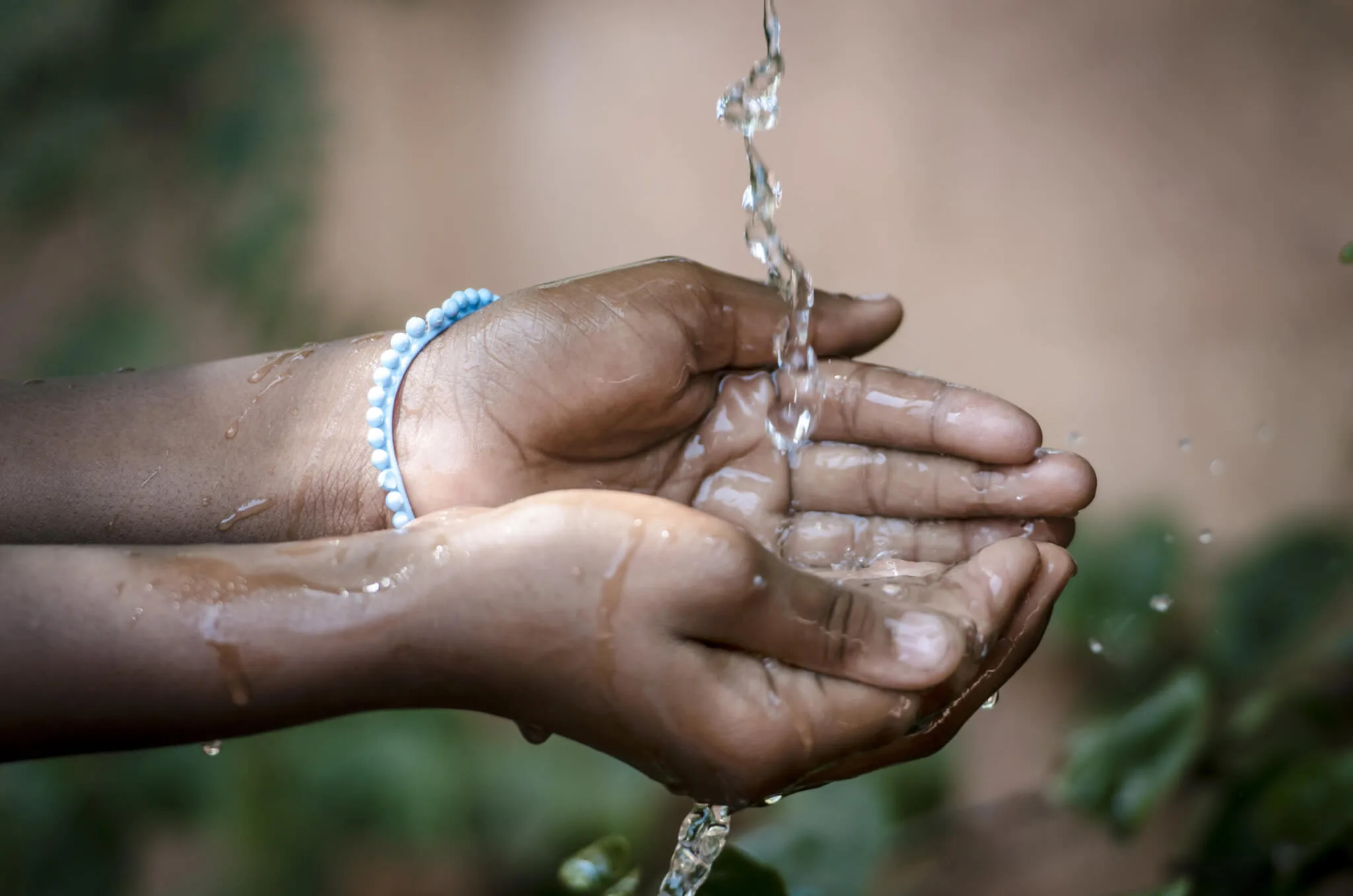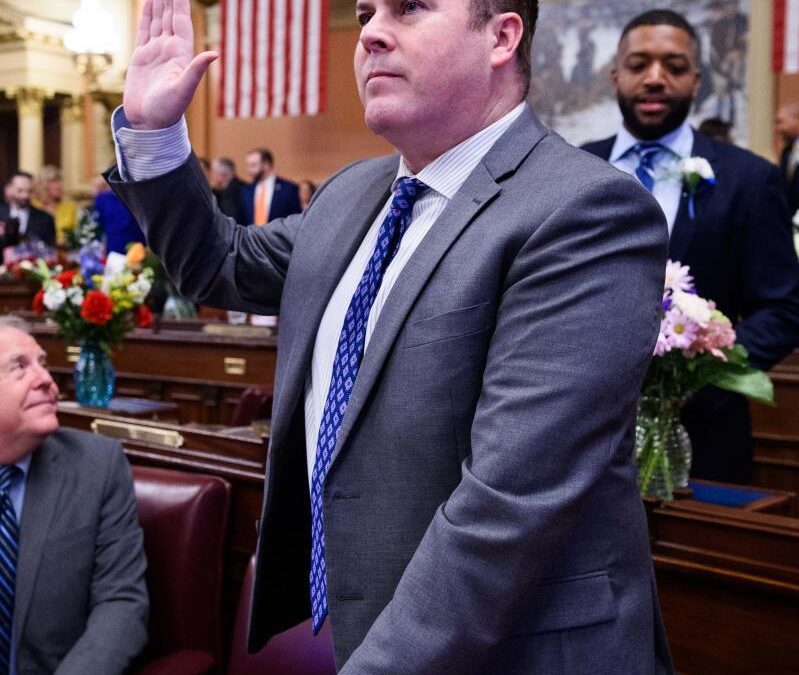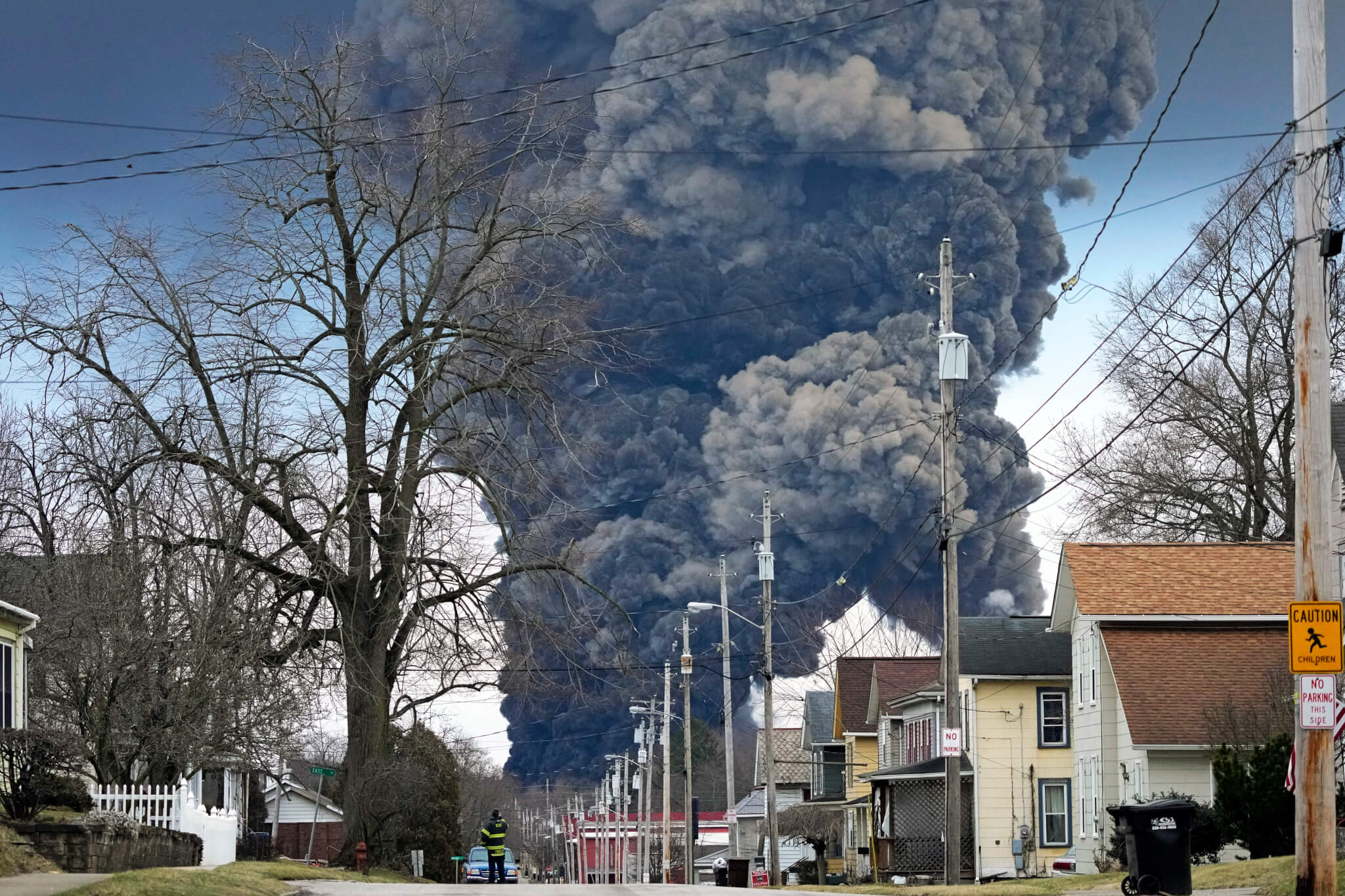
Image via Shutterstock
The low-income population living in areas with unaffordable water bills will represent about one-third of Philadelphia’s overall population by 2030 if the trend continues.
A worrying new report finds Americans in cities across the United States struggling to pay their water bills, with a trend showing the problem worsening over the coming decade.
Philadelphia is among 12 U.S. cities examined in the analysis published earlier this week by The Guardian. The publication partnered with economist and utilities expert Roger Colton for the landmark study, which found the price of water and sewage increased by an average of 80% between 2010 and 2018.
The research also found nearly half of low-income Philadelphians live in areas with unaffordable water bills. Further, the city had 94% of Census Tracts with unaffordable water bills in the income bracket 50% to 99% of poverty.
The report also found 24% of low-income Philadelphians living in areas with water burdens exceeding 7% of income, and 9% living in areas with water burdens exceeding 9% of income.
In Colton’s report, water bills exceeding 4% of household income are considered unaffordable.
Unless real reforms are enacted, the future is looking even worse. More than two-thirds (68%) of Philadelphia’s low-income population were predicted to find themselves living in Census Tracts with an unaffordable water burden by 2030.
This represents an increase of just over half of the city’s low-income population in 2017. The low-income population living in areas with unaffordable water bills will represent about one-third of Philadelphia’s overall population by 2030 if the trend continues. Almost a quarter (23%) of the city’s low-income population will have water burdens exceeding 12% of income, and 39% will inhabit areas with a water burden of 7% of income or more.
Federal funding for water infrastructure projects has drastically fallen in recent years, down 77% in real terms since its peak in 1977, The Guardian notes. This has left local utilities to raise necessary funds to make critical upgrades to infrastructure, comply with safety standards, and make adjustments for the issues caused by extreme weather events brought on by climate change.
“High-cost low-quality water is a national issue … the federal government is clearly not playing the role it needs to play,” Howard Neukrug, director of the water center at the University of Pennsylvania and former head of Philadelphia’s water department, told The Guardian.
“The bottom line is that assuming there’s no federal helicopter with $1 trillion, rates are going to go up dramatically to pay for infrastructure and quality issues.”
“High-cost low-quality water is a national issue … the federal government is clearly not playing the role it needs to play.”
Advocates in a predominantly low-income neighborhood with primarily residents of color found in 2014 that a number of people had been without running water for decades, and were forced to use plastic bags to relieve themselves in and bottled water to wash their hands.
Rachel Lopez, director of the Andy and Gwen Stern Community Lawyering Clinic at Drexel University in West Philadelphia, called it a “man-made drought” and “human rights issue” that was mostly impacting low-income people of color.
Because of the coronavirus pandemic, many Philadelphians were able to have their water service at least temporarily restored in the interest of public health. As of March 16, the city water department said it had reconnected water service to more than 15,000 accounts.
Colton worked with the city after it was discovered in 2017 that around 40% of Philadelphia’s water customers were behind on paying their bills, which totaled a whopping $242 million in uncollected revenue. The creation of a program allowing customers to pay based on income has made a difference, but only 15,000 people are enrolled, with some 60,000 households estimated to qualify.
However, the city has been converting the water debt into tax liens, which are then auctioned off. A debt forgiveness program is reportedly in the works, which would enable Philadelphians enrolled in the program to have their debt erased with no strings attached after two years of compliance.
The study, which the publication called a “first of its kind,” is part of a larger initiative launched by The Guardian, called “America’s Water Crisis,” for which it has partnered with Consumer Reports.
The rollout includes an op-ed by Sen. Bernie Sanders and Rep. Brenda Lawrence, arguing for the passage of their bill, the Water Affordability, Transparency, Equity, and Reliability (WATER) Act, which would provide up to $35 billion per year to overhaul the nation’s outdated water infrastructure.
It also comes at a time when the coronavirus pandemic has prompted numerous lawmakers to place a moratorium on utility shutoffs, including Pennsylvania Gov. Tom Wolf. Earlier this month, Wolf renewed the 90-day disaster declaration he originally signed on March 6, which would have ended June 4, allowing for the moratorium on shutoffs to continue.
However, unpaid water bills still loom, and, as the Los Angeles Times has reported, experts say the $900 million Congress provided in the CARES Act to help low-income households pay utility bills won’t be anywhere near enough to address the problem.
Politics

Philadelphia DA cancels arrest warrant for state Rep. Kevin Boyle on eve of Pa. primary
Philadelphia District Attorney Larry Krasner said a detective had sought the warrant against Boyle, a Democrat whose district includes a section of...

Influencers and creators find new ways to engage young Philadelphia voters
Rec Philly, a space for creators and influencers, teamed up with Show Up Strong to get hundreds of young Philadelphia residents engaged in the...

New Biden rule protects privacy of women seeking abortions
Under the new rules, state officials and law enforcement cannot obtain medical records related to lawful reproductive health care with the goal of...
Local News

Conjoined twins from Berks County die at age 62
Conjoined twins Lori and George Schappell, who pursued separate careers, interests and relationships during lives that defied medical expectations,...

Railroad agrees to $600 million settlement for fiery Ohio derailment, residents fear it’s not enough
Norfolk Southern has agreed to pay $600 million in a class-action lawsuit settlement for a fiery train derailment in February 2023 in eastern Ohio,...





